 By now we’ve all heard numerous tales of the fake accounts created by Wells Fargo employees in order to meet unrealistic sales quotas and the subsequent firing of more than 5,000 as a result. Millions of phony deposit accounts. Hundreds of thousands of phony credit card accounts. Phony pin numbers and email addresses too.
By now we’ve all heard numerous tales of the fake accounts created by Wells Fargo employees in order to meet unrealistic sales quotas and the subsequent firing of more than 5,000 as a result. Millions of phony deposit accounts. Hundreds of thousands of phony credit card accounts. Phony pin numbers and email addresses too.
If you’ve ever worked in an environment where meeting goals, especially sales quotas, was given high priority, then you know what that type of culture can breed. Even the best of employees can engage in dishonest practices when their paycheck is on the line.
The workplace psychology experts at the Faas Foundation say that the bank is a perfect example of systemic bullying, defined in this case as “setting unreasonable expectations to get rid of employees who do not deliver and causing others to resort to questionable practices to meet the expectations.”
As more details become available, it turns out that the fraudulent accounts weren’t the only issue. If we’re talking about things that fit the definition of phony, perhaps we need to look at the company’s Code of Conduct and its Ethics Hotline as well.
As the dust settles around this case and the investigation and hearings play out, we find a CEO who assumes little to no responsibility, customers who are due recompense, hundreds of millions of dollars in fines assessed and past employees whose voices are finally being heard. From these past employees we now know that multiple attempts were made to blow the whistle on these fraudulent accounts through calls to the company’s ethics hotline and emails to their human resources staff. In return for following the company’s ethics policies (let’s not mention the law!), those employees were reportedly rewarded with termination[1].
Reporting under the condition of anonymity, a former Well Fargo Human Resources employee told reporters at CNNMoney that the bank had a plan in place to retaliate against those who used the tip line for reporting sales related issues. To make a long story short, the HR staff helped managers find ways to fire those tipsters.
All of this only proves what we already know: The existence of a code of conduct isn’t enough to create ethical behavior. The code must be also enforced and supported by company culture. And if a company’s upper management isn’t enforcing the code, then it is HR’s job to do so.[2]
Enforcement is one thing, but creating a supportive company culture is another. The experts at the Faas Foundation suggest that not only was the culture at Wells Fargo not supportive, but that it actually had all the necessary components of a hostile work environment (unreasonable expectations put on employees, an acceptance of questionable practices, and reluctance to complain out of fear of retaliation). According to Andrew Faas of the Foundation, “Wells Fargo has a much bigger issue than the fraudulent accounts—they have a culture of fear. If this is validated, it puts to question the credibility of their leadership’s response[3].”
Pointing the finger directly at the CEO is easy and justified, but it doesn’t change this simple fact: A very different story would be playing out in the news right now if the HR staff had been responsive to the complaints and willing to take a stand the very first time they heard of a violation.
This extends beyond HR’s role in building corporate culture, helping managers with realistic goal setting and providing code of conduct training. If the accounts of former employees are true, then complaints from internal whistle-blowers were communicated to Wells Fargo’s HR staff many times over the past several years.
While standing up to corporate executives requires tremendous courage, it is a professional responsibility of HR professionals to do so. We, too, are safeguarded by laws that provide strong protections for those who face retaliation for reporting these issues up the chain of command.
[1] https://my.capital.org/community/advice-resolution/newsletter/blog/2016/09/26/retaliation-lessons-from-the-wells-fargo-debacle
[2] https://www.shrm.org/ResourcesAndTools/legal-and-compliance/employment-law/Pages/Wells-Fargo-code-of-conduct.aspx?utm_source=SHRM%20Wednesday%20-%20PublishThis_HRDaily_7.18.16%20(15)&utm_medium=email&utm_content=September%2014,%202016&SPMID=&SPJD=&SPED=&SPSEG=&spMailingID=26504954&spUserID=ODY2OTYwOTQ1NDkS1&spJobID=882202904&spReportId=ODgyMjAyOTA0S0
[3] https://www.fastcompany.com/3064175/how-wells-fargos-cross-selling-scandal-grew-out-of-workplace-culture
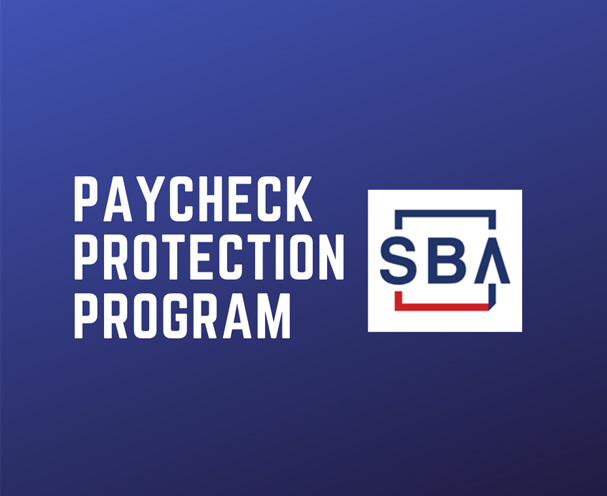
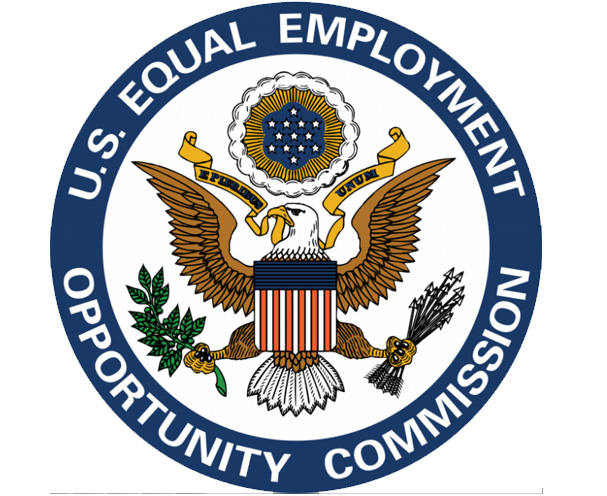


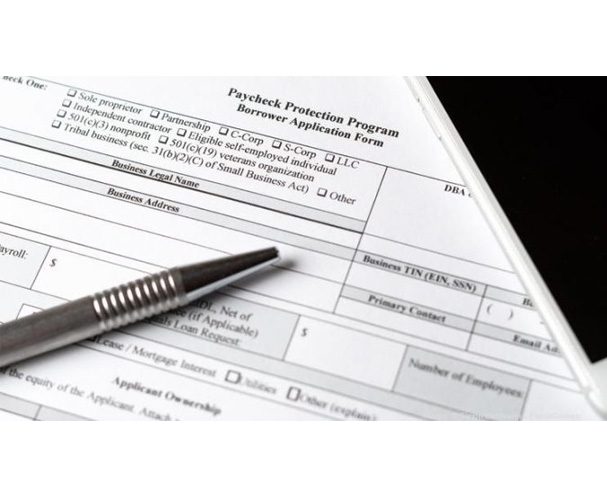




 Since independent contractors bring their existing talents and skills to a job, providing additional training to a contractor might fall into the area of behavioral control and endanger their contractor classification. So, what do you do if you can’t require independent contractors to attend training but need them properly trained to service your business?
Since independent contractors bring their existing talents and skills to a job, providing additional training to a contractor might fall into the area of behavioral control and endanger their contractor classification. So, what do you do if you can’t require independent contractors to attend training but need them properly trained to service your business?
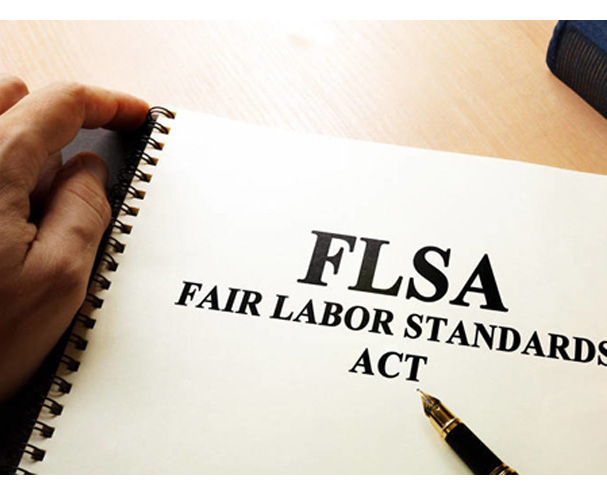
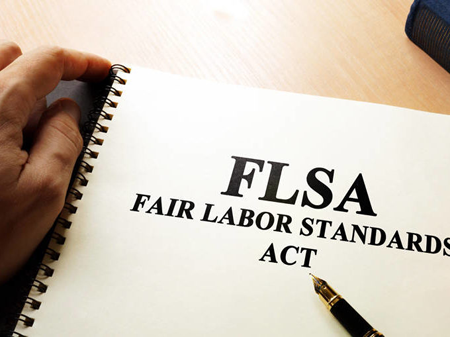 The Federal Fair Labor Standards act defines special minimum wage rates applicable to certain types of workers. Employees may be paid under the Florida minimum wage if they fit into one of the following categories:
The Federal Fair Labor Standards act defines special minimum wage rates applicable to certain types of workers. Employees may be paid under the Florida minimum wage if they fit into one of the following categories: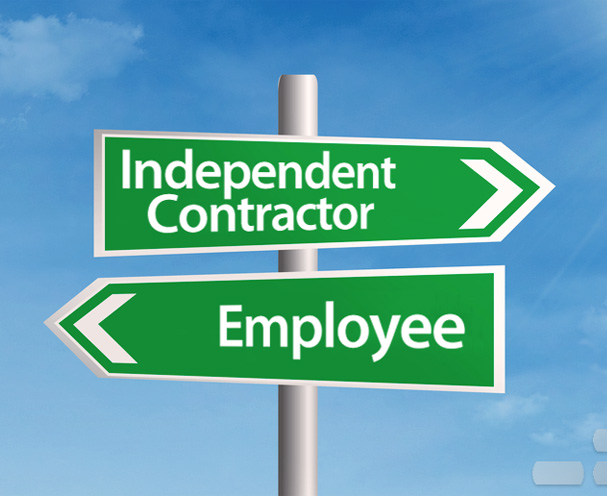
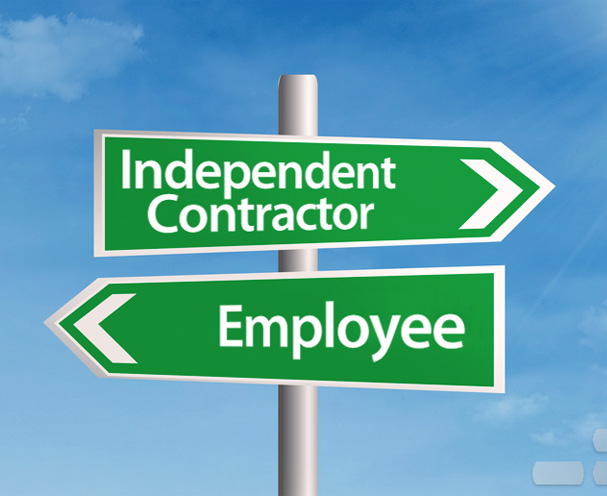 First of these costly mistakes is the misclassification of employees as exempt, mainly to avoid paying overtime. Cooks, wait staff, and even assistant managers rarely meet the legal requirement required by the IRS to exempt them from overtime laws. Yet, due to the long hours required of these jobs and the temptation to skirt overtime pay an owner will simply misclassify one of these positions as exempt.
First of these costly mistakes is the misclassification of employees as exempt, mainly to avoid paying overtime. Cooks, wait staff, and even assistant managers rarely meet the legal requirement required by the IRS to exempt them from overtime laws. Yet, due to the long hours required of these jobs and the temptation to skirt overtime pay an owner will simply misclassify one of these positions as exempt. Keep in mind that depending on the final IRS guidelines, your employees may need to complete and return to you a new W-4 form. Current W-4 form asks employees if they were married and about the number of children in their family. The new tax bill eliminates those exemptions, so the old W-4 will likely be invalid.
Keep in mind that depending on the final IRS guidelines, your employees may need to complete and return to you a new W-4 form. Current W-4 form asks employees if they were married and about the number of children in their family. The new tax bill eliminates those exemptions, so the old W-4 will likely be invalid.
 Contrary to popular belief, this program doesn’t simply wipe out college loan debt. The PSLF was designed to forgive the remaining balance on Direct Loans after 120 qualifying monthly payments have been made while working full-time for a qualifying employer.
Contrary to popular belief, this program doesn’t simply wipe out college loan debt. The PSLF was designed to forgive the remaining balance on Direct Loans after 120 qualifying monthly payments have been made while working full-time for a qualifying employer.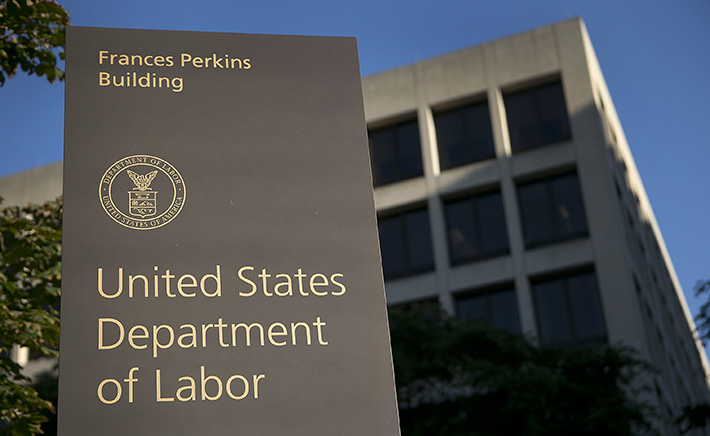 In short, the DOL’s definition of a fiduciary requires that financial advisors, salespersons, planners, agents and brokers act in the best interests of their clients, put their clients’ interests above their own and clearly disclose all fees and commissions in dollar form. The rule creates a much greater level of accountability than salespersons and others have seen in the past and would have had a significant impact on those who rely on commission based sales. Retirement planning for defined contribution plans (401(k), 403(b), employee stock ownership), defined benefits plans (pension plans) and IRA’s could have seen significant changes.
In short, the DOL’s definition of a fiduciary requires that financial advisors, salespersons, planners, agents and brokers act in the best interests of their clients, put their clients’ interests above their own and clearly disclose all fees and commissions in dollar form. The rule creates a much greater level of accountability than salespersons and others have seen in the past and would have had a significant impact on those who rely on commission based sales. Retirement planning for defined contribution plans (401(k), 403(b), employee stock ownership), defined benefits plans (pension plans) and IRA’s could have seen significant changes.

 While a tradition in many places, some employers often question whether, when and how to offer holiday or year-end bonuses to employees. The decision to give a bonus – and the size of that bonus – may be tied to the company’s overall performance. Tradition or not, bonuses are gifts, not entitlements. If bonuses are a tradition in your workplace and you decide not to offer a bonus for financial or other reasons, you should communicate that fact to your employees as soon as possible since some may be making plans for that money (Think Clark Griswold & the Jelly of the Month Club!).
While a tradition in many places, some employers often question whether, when and how to offer holiday or year-end bonuses to employees. The decision to give a bonus – and the size of that bonus – may be tied to the company’s overall performance. Tradition or not, bonuses are gifts, not entitlements. If bonuses are a tradition in your workplace and you decide not to offer a bonus for financial or other reasons, you should communicate that fact to your employees as soon as possible since some may be making plans for that money (Think Clark Griswold & the Jelly of the Month Club!).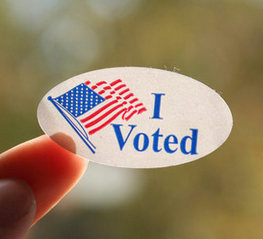 It’s safe to say that this campaign season has created a divide in many facets of life and from the work site to social media, political tensions are running high. The Society for Human Resource Management (SHRM) reports that more than half of the HR Professionals surveyed last month said they had observed more hostility among co-workers than in previous election years. The only surprise here is that the results weren’t closer to 100%!
It’s safe to say that this campaign season has created a divide in many facets of life and from the work site to social media, political tensions are running high. The Society for Human Resource Management (SHRM) reports that more than half of the HR Professionals surveyed last month said they had observed more hostility among co-workers than in previous election years. The only surprise here is that the results weren’t closer to 100%! One of the larger awards, more than a half a million dollars, was the result of owners who required servers to contribute a portion of their total tips back to the employer, who then distributed the money to cooks and dishwashers who were not tipped employees. Consequently, the employer paid servers less than the federal minimum wage of $7.25 as required. Additionally, the restaurant failed to pay required overtime wages to employees when they worked more than 40 hours in a week, and did not keep accurate records of all hours worked.
One of the larger awards, more than a half a million dollars, was the result of owners who required servers to contribute a portion of their total tips back to the employer, who then distributed the money to cooks and dishwashers who were not tipped employees. Consequently, the employer paid servers less than the federal minimum wage of $7.25 as required. Additionally, the restaurant failed to pay required overtime wages to employees when they worked more than 40 hours in a week, and did not keep accurate records of all hours worked. By now we’ve all heard numerous tales of the fake accounts created by Wells Fargo employees in order to meet unrealistic sales quotas and the subsequent firing of more than 5,000 as a result. Millions of phony deposit accounts. Hundreds of thousands of phony credit card accounts. Phony pin numbers and email addresses too.
By now we’ve all heard numerous tales of the fake accounts created by Wells Fargo employees in order to meet unrealistic sales quotas and the subsequent firing of more than 5,000 as a result. Millions of phony deposit accounts. Hundreds of thousands of phony credit card accounts. Phony pin numbers and email addresses too. Employers in the hospitality industry have come to terms with Florida’s higher-than-federal minimum wage, but many struggle with the tipped minimum wage and how to ensure compliance when paying tipped employees. The current minimum wage in Florida is $8.05 per hour, with a minimum directly paid wage of at least $5.03 per hour for tipped employees (with tips making up the difference).
Employers in the hospitality industry have come to terms with Florida’s higher-than-federal minimum wage, but many struggle with the tipped minimum wage and how to ensure compliance when paying tipped employees. The current minimum wage in Florida is $8.05 per hour, with a minimum directly paid wage of at least $5.03 per hour for tipped employees (with tips making up the difference).
 Beyond potential morale and productivity issues, political debate in the workplace may create a potential liability for employers. Conversations around our current Presidential candidates can easily focus on race, sex or religion. This can provide grounds for harassment, discrimination or other types of workplace complaints.
Beyond potential morale and productivity issues, political debate in the workplace may create a potential liability for employers. Conversations around our current Presidential candidates can easily focus on race, sex or religion. This can provide grounds for harassment, discrimination or other types of workplace complaints.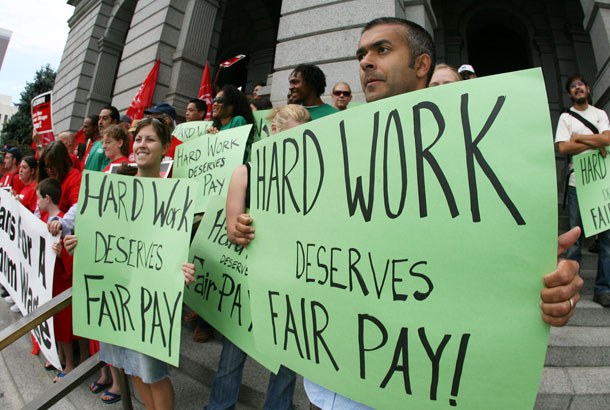 Political scientists have been studying campaign promises for almost 50 years, and the results are remarkably consistent. Most of the literature suggests that presidents make at least a “good faith” effort to keep an average of about two-thirds of their campaign promises.
Political scientists have been studying campaign promises for almost 50 years, and the results are remarkably consistent. Most of the literature suggests that presidents make at least a “good faith” effort to keep an average of about two-thirds of their campaign promises.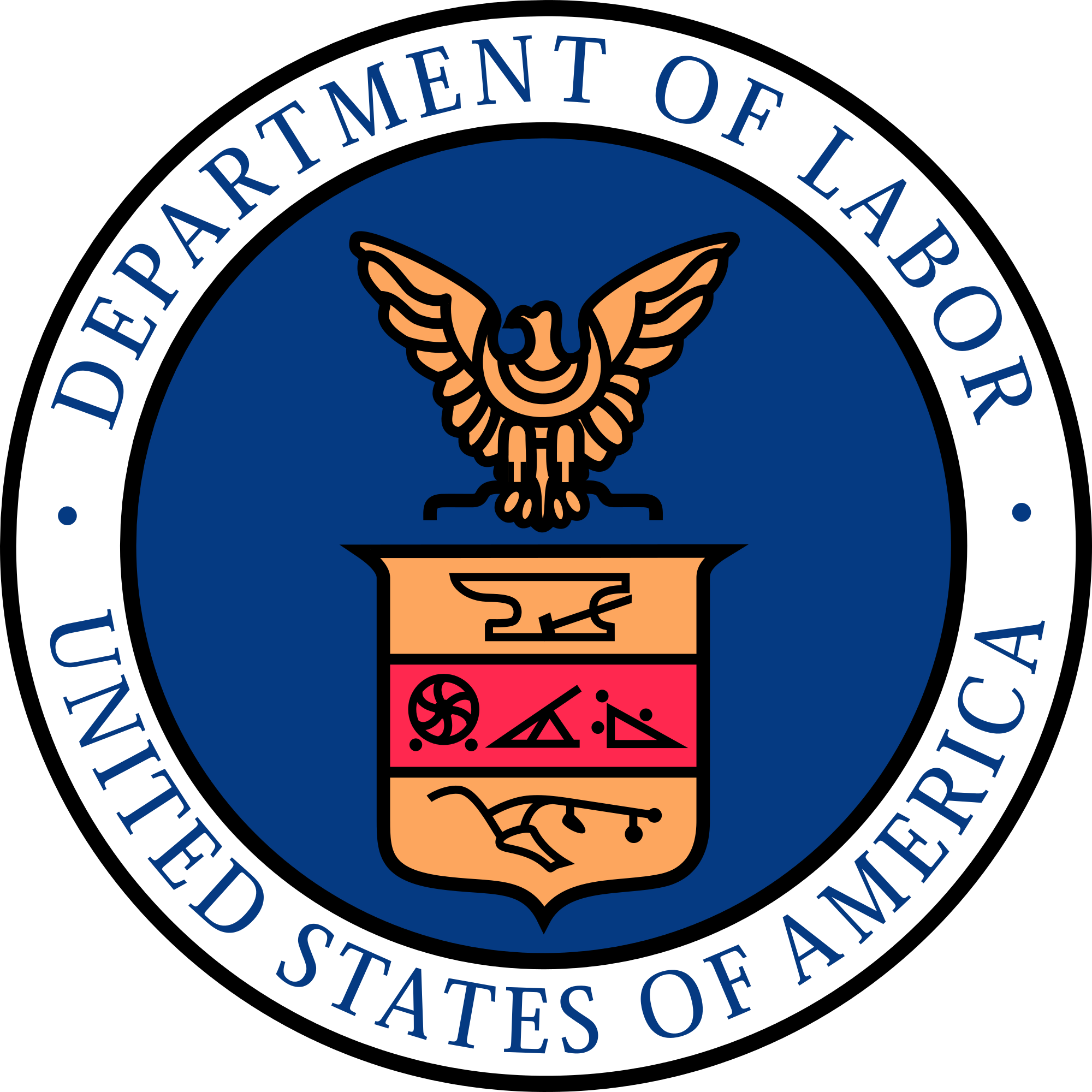 Restaurant operators already have a dizzying amount to manage without getting bogged down by payroll or wage and hour issues. The Fair Labor Standards Act (FLSA) provides
Restaurant operators already have a dizzying amount to manage without getting bogged down by payroll or wage and hour issues. The Fair Labor Standards Act (FLSA) provides  Most HR Professionals would prefer to stay out of the gun control debate. In light of recent gun related violence in the US, however, we once again find ourselves “caught in a legal crossfire between the need to maintain safe workplaces and the right of employees to possess firearms.[1]”
Most HR Professionals would prefer to stay out of the gun control debate. In light of recent gun related violence in the US, however, we once again find ourselves “caught in a legal crossfire between the need to maintain safe workplaces and the right of employees to possess firearms.[1]” That’s right, I said it. Your employees’ free speech protections when it comes to these conversations ends at your company’s door step. The First Amendment of the constitution only guards against censorship by the Government. There is no Federal law protecting the expression of political views at private employers.
That’s right, I said it. Your employees’ free speech protections when it comes to these conversations ends at your company’s door step. The First Amendment of the constitution only guards against censorship by the Government. There is no Federal law protecting the expression of political views at private employers. In case you’ve missed the onslaught of radio, TV, print and social media messages, hurricane season is here again! Most of those messages, however, are geared towards making sure your home and family are prepared for potential storms. Planning for the workplace, however, is another story. Not only are there physical assets to consider, but your human capital as well.
In case you’ve missed the onslaught of radio, TV, print and social media messages, hurricane season is here again! Most of those messages, however, are geared towards making sure your home and family are prepared for potential storms. Planning for the workplace, however, is another story. Not only are there physical assets to consider, but your human capital as well. Your employee investigations should be executed quickly, your interviews well-planned and remember the 5 Ws. Your employees must perceive you as unbiased and objective in the performance of reviewing these claims- or you will not get the information or cooperation you need from them in order to get to the bottom of the situation. It almost goes without saying, but document every step along the way of your investigations and it helps if you always assume that the matter will end up in court.
Your employee investigations should be executed quickly, your interviews well-planned and remember the 5 Ws. Your employees must perceive you as unbiased and objective in the performance of reviewing these claims- or you will not get the information or cooperation you need from them in order to get to the bottom of the situation. It almost goes without saying, but document every step along the way of your investigations and it helps if you always assume that the matter will end up in court. Wondering how these new rules impact your labor force, and what you can do to ensure you remain in compliance? We can help! Complete the form to your right or call and ask for help- one of our HR Consultants will be glad to sit with you and analyze the impact to your impact and recommend solutions for your particular situation. There is no one-size-fits-all solution to complying with this rule, as what is best for every business can vary depending on many factors.
Wondering how these new rules impact your labor force, and what you can do to ensure you remain in compliance? We can help! Complete the form to your right or call and ask for help- one of our HR Consultants will be glad to sit with you and analyze the impact to your impact and recommend solutions for your particular situation. There is no one-size-fits-all solution to complying with this rule, as what is best for every business can vary depending on many factors.

 Much like in years past, employers are still concerned about the skills their new prospects are graduating with. More than 42% of employers surveyed felt that graduates did not have enough leadership skills, while 37% found that communication skills, both oral and written, were lacking. While creative thinking, project management, research, math and technical skills were all on the list of items employers felt were lacking in new grads, the overall consensus was that there are not enough real world skills taught in the classroom.
Much like in years past, employers are still concerned about the skills their new prospects are graduating with. More than 42% of employers surveyed felt that graduates did not have enough leadership skills, while 37% found that communication skills, both oral and written, were lacking. While creative thinking, project management, research, math and technical skills were all on the list of items employers felt were lacking in new grads, the overall consensus was that there are not enough real world skills taught in the classroom.
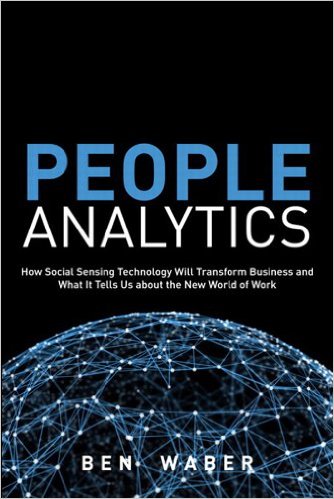
 Data analytics, sometimes referred to as Big Data, is the process of examining large data sets containing numerous data types in an attempt to uncover hidden patterns. The goal is to make human resources and talent management decisions based on data, not intuition or “gut instincts”, and is being driven by all of the new sources of data available coupled with the technological ability to crunch all of it..
Data analytics, sometimes referred to as Big Data, is the process of examining large data sets containing numerous data types in an attempt to uncover hidden patterns. The goal is to make human resources and talent management decisions based on data, not intuition or “gut instincts”, and is being driven by all of the new sources of data available coupled with the technological ability to crunch all of it.. To make it easier for employees to save money for college, more companies are adding 529-plan perks to workplace-benefits packages. Some employers allow workers to fund these college-savings vehicles automatically via payroll. Others kick in matching contributions. The goal is to make saving for college akin to saving for retirement by providing some of the same incentives that encourage workers to contribute to 401(k) accounts.
To make it easier for employees to save money for college, more companies are adding 529-plan perks to workplace-benefits packages. Some employers allow workers to fund these college-savings vehicles automatically via payroll. Others kick in matching contributions. The goal is to make saving for college akin to saving for retirement by providing some of the same incentives that encourage workers to contribute to 401(k) accounts. By offering a flexible work environment where employees can work one or more days outside the office, you can send a message that not only are you aware of your employees’ need for a better work-life balance, but that you trust them and believe in their professionalism. South Florida is rife with traffic jams, long commutes and terrible drivers. Imagine what reducing an employee’s commute would do for their morale, their wallet and their level of happiness! One less day of gas and tolls, one less day of a frustrating commute that can save an hour or two of time, one less day of professional attire to be dry cleaned.
By offering a flexible work environment where employees can work one or more days outside the office, you can send a message that not only are you aware of your employees’ need for a better work-life balance, but that you trust them and believe in their professionalism. South Florida is rife with traffic jams, long commutes and terrible drivers. Imagine what reducing an employee’s commute would do for their morale, their wallet and their level of happiness! One less day of gas and tolls, one less day of a frustrating commute that can save an hour or two of time, one less day of professional attire to be dry cleaned. It wasn’t too long ago that many organizations had a policy against hiring back former employees. According to Workplace Trends, a recent study of Human Resources professionals found that 85% of respondents had received applications from former employees and 40% had rehired almost half of the former employees who applied. Of course, those that were hired had left the organization in good standing.
It wasn’t too long ago that many organizations had a policy against hiring back former employees. According to Workplace Trends, a recent study of Human Resources professionals found that 85% of respondents had received applications from former employees and 40% had rehired almost half of the former employees who applied. Of course, those that were hired had left the organization in good standing.
 According to
According to  There are numerous factors that can’t be ignored related to social media – productivity, privacy, legal issues, the reputation of your organization – just to name a few. HR Professionals should know that workplace culture is largely driven by conversations taking place on social networking sites, not at the water cooler. Encouraging employees to interact on networking sites can improve workplace culture and the image of the entire company. The plan should be to use social media to your advantage.
There are numerous factors that can’t be ignored related to social media – productivity, privacy, legal issues, the reputation of your organization – just to name a few. HR Professionals should know that workplace culture is largely driven by conversations taking place on social networking sites, not at the water cooler. Encouraging employees to interact on networking sites can improve workplace culture and the image of the entire company. The plan should be to use social media to your advantage.

 While employers don’t normally require their employees to attend a holiday party, many strongly encourage it, creating an expectation of attendance. If you’re one of those organizations, we suggest you reconsider the message on your holiday party invitation for two reasons. The first is related to liability and the second is related to wage and hour laws.
While employers don’t normally require their employees to attend a holiday party, many strongly encourage it, creating an expectation of attendance. If you’re one of those organizations, we suggest you reconsider the message on your holiday party invitation for two reasons. The first is related to liability and the second is related to wage and hour laws. It’s time to reconsider the idea of an annual review that happens only at the end of the year. Performance management is a process. Chances are you’re already providing feedback of some sort throughout the year. Perhaps it’s time to replace your end of the year annual review process with one that has a beginning, middle and an end.
It’s time to reconsider the idea of an annual review that happens only at the end of the year. Performance management is a process. Chances are you’re already providing feedback of some sort throughout the year. Perhaps it’s time to replace your end of the year annual review process with one that has a beginning, middle and an end. These Forms are to be filed by employers who are required to offer health insurance coverage to their employees under the ACA and who are recognized as an Applicable Large Employer (ALE). An ALE is an employer who has 50 or more full-time employees or 50 or more full time equivalent employees. Filing in early 2016 for the 2015 calendar year is actually based on the size of your company in 2014. Confused yet? Maybe this will help:
These Forms are to be filed by employers who are required to offer health insurance coverage to their employees under the ACA and who are recognized as an Applicable Large Employer (ALE). An ALE is an employer who has 50 or more full-time employees or 50 or more full time equivalent employees. Filing in early 2016 for the 2015 calendar year is actually based on the size of your company in 2014. Confused yet? Maybe this will help:
 discuss the holiday, and how some in the workplace might find the holiday objectionable due to their religious beliefs. For this reason, Managers should communicate to their teams that it is perfectly okay NOT to participate in dressing up to work on that day, and if an employee requests to work from home and it won’t impact their work- this reasonable accommodation should be made. Any costume contests, office décor contests, parties, or activities related to the holiday should be communicated to staff as “voluntary” and no employee should be forced to partake.
discuss the holiday, and how some in the workplace might find the holiday objectionable due to their religious beliefs. For this reason, Managers should communicate to their teams that it is perfectly okay NOT to participate in dressing up to work on that day, and if an employee requests to work from home and it won’t impact their work- this reasonable accommodation should be made. Any costume contests, office décor contests, parties, or activities related to the holiday should be communicated to staff as “voluntary” and no employee should be forced to partake.
 More often than not, Millennials don’t quite deserve the widely accepted negative reputation that has become the hallmark of their generation. In fact, Millennials can, and should, be next in line for leadership positions within your organization. They are naturals with technology and social connectivity and are full of ambition and creativity. As more Millennials enter the workplace each year, who better to lead them than one of their own?
More often than not, Millennials don’t quite deserve the widely accepted negative reputation that has become the hallmark of their generation. In fact, Millennials can, and should, be next in line for leadership positions within your organization. They are naturals with technology and social connectivity and are full of ambition and creativity. As more Millennials enter the workplace each year, who better to lead them than one of their own? Enough about the research. What it boils down to is this: A great compensation and benefits package is only the beginning. So, if it’s not money that makes employees happy, then what will it take?
Enough about the research. What it boils down to is this: A great compensation and benefits package is only the beginning. So, if it’s not money that makes employees happy, then what will it take?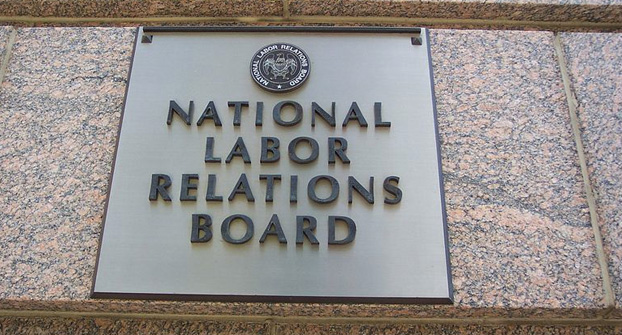 In late August the National Labor Relations Board (NLRB) made a decision (
In late August the National Labor Relations Board (NLRB) made a decision ( The idea that you could be sued by someone you’ve simply interviewed as a prospective employee may seem absurd, but employer liabilities begin before the employment relationship begins. Prospective employees can claim that you failed to hire them for an illegal reason such as their age or gender. Even though this claim may be hard to prove, it can still result in costly legal fees for your business.
The idea that you could be sued by someone you’ve simply interviewed as a prospective employee may seem absurd, but employer liabilities begin before the employment relationship begins. Prospective employees can claim that you failed to hire them for an illegal reason such as their age or gender. Even though this claim may be hard to prove, it can still result in costly legal fees for your business.
 Of course, most employers recognize that an employee who is tired and hungry is neither productive nor a joy to be around, so breaks are offered through company policy. Even though the breaks themselves are not mandated, employers are required to pay for an employee’s time during short breaks. Breaks of 20 minutes or less require that an employee be paid.
Of course, most employers recognize that an employee who is tired and hungry is neither productive nor a joy to be around, so breaks are offered through company policy. Even though the breaks themselves are not mandated, employers are required to pay for an employee’s time during short breaks. Breaks of 20 minutes or less require that an employee be paid.
 And the answer is yes, since 1978 federal law has recognized pregnancy as a protected class; problem was- the Florida Civil Rights Act did not specifically contain this protection. Back in April 2014, the Florida Supreme Court held in Delva v. Continental Group, Inc. (No. SC12-2315) that “discrimination based on pregnancy is in fact discrimination based on sex because it is discrimination as to a natural condition unique to only one sex.” By passing this legislation, our state lawmakers are just now codifying existing judge-made case law, by amending the express language of the Florida statute itself.
And the answer is yes, since 1978 federal law has recognized pregnancy as a protected class; problem was- the Florida Civil Rights Act did not specifically contain this protection. Back in April 2014, the Florida Supreme Court held in Delva v. Continental Group, Inc. (No. SC12-2315) that “discrimination based on pregnancy is in fact discrimination based on sex because it is discrimination as to a natural condition unique to only one sex.” By passing this legislation, our state lawmakers are just now codifying existing judge-made case law, by amending the express language of the Florida statute itself. time to rest on our laurels and not prepare for when our lucky streak comes to a churning halt.
time to rest on our laurels and not prepare for when our lucky streak comes to a churning halt.